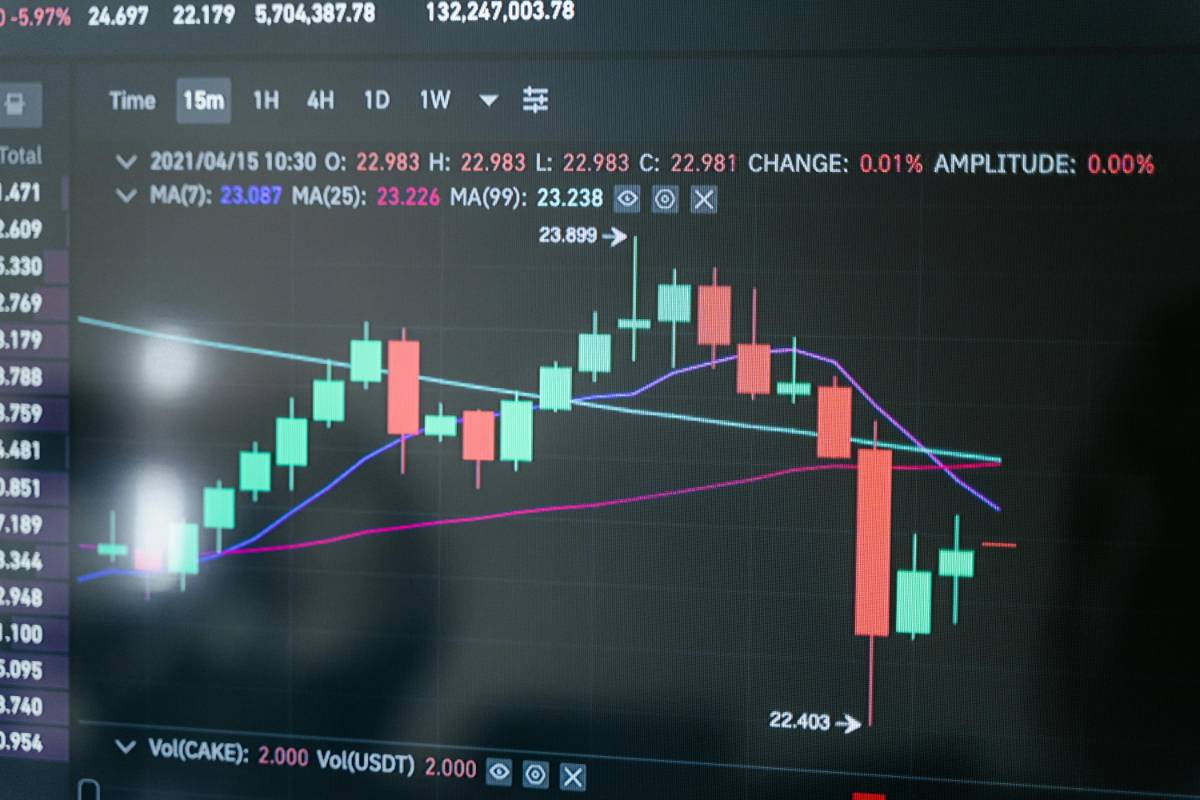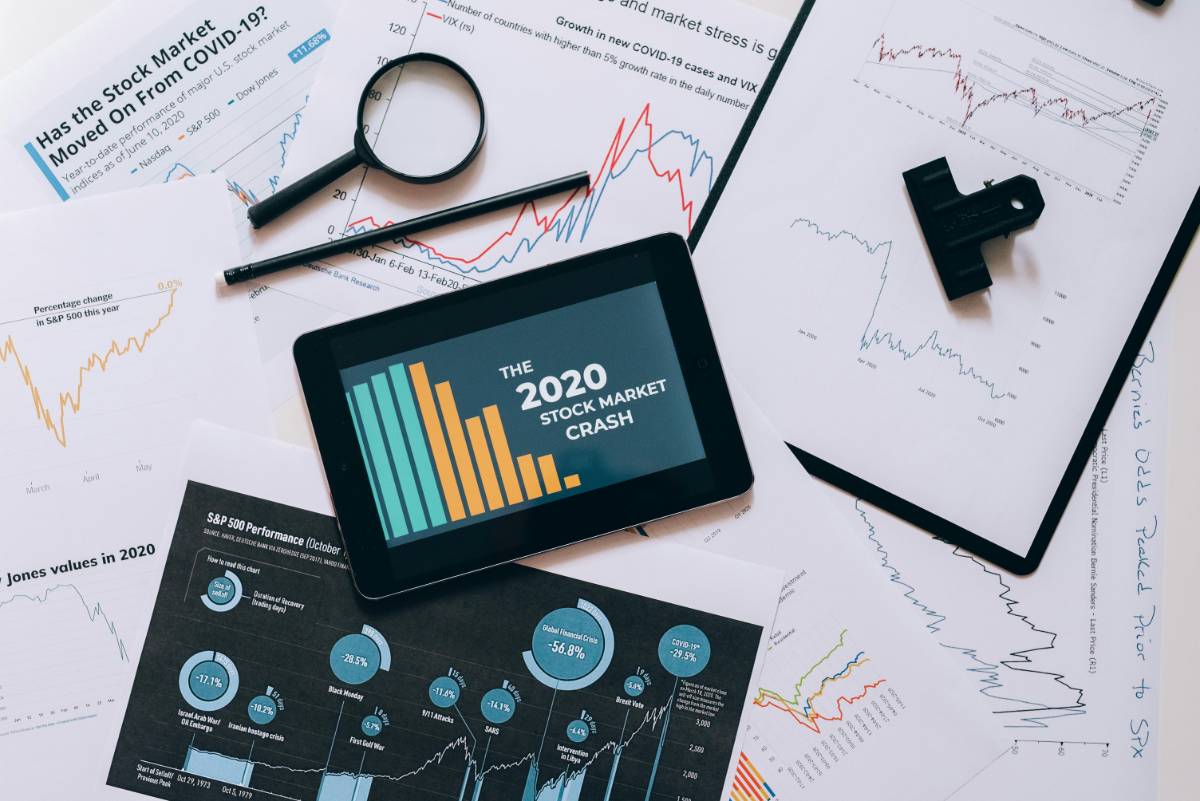
Swing Trading Strategies That Work in the U.S. Market
 By Anita Singh
By Anita SinghSwing trading is a strategy that focuses on capturing short- to medium-term price movements within a trend. Traders use this approach to profit from price fluctuations by holding positions for days or weeks rather than minutes or hours.
What is Swing Trading?
Swing trading involves identifying assets with strong potential for short-term price movements. Traders aim to enter at the beginning of a price swing and exit before the trend reverses, maximizing gains while minimizing risk.
Swing traders use technical analysis, chart patterns, and key indicators to determine entry and exit points for their trades.
Key Indicators for Swing Trading
1. Moving Averages: The 50-day and 200-day moving averages help identify trend direction and potential reversal points.
2. Relative Strength Index (RSI): Helps traders assess whether an asset is overbought or oversold, indicating possible trend reversals.
3. Bollinger Bands: Measures price volatility and provides potential entry and exit signals.
4. Fibonacci Retracement: Helps traders identify support and resistance levels to improve trade timing.

Best Practices for Swing Trading
1. Identify strong trends: Trade stocks or assets with established trends and clear price swings.
2. Set clear entry and exit points: Use technical analysis to determine precise trade levels.
3. Manage risk: Use stop-loss orders to limit downside risk and protect profits.
You might also like
1. How Interest Rates Impact ETF and Mutual Fund Performance2. Understanding and Managing Risk in Your Investment Portfolio3. The Basics of Passive Income: How to Make Money Work for You4. Understanding the U.S. Financial System: A Complete Guide4. Stay informed: Monitor market news and economic events that could impact price movements.
Conclusion

Swing trading can be an effective way to capitalize on market trends while limiting exposure to short-term volatility. By utilizing technical indicators, maintaining discipline, and managing risk effectively, traders can enhance their chances of success in the U.S. market.
About the author
 By Anita Singh
By Anita SinghAnita Singh is a seasoned finance writer with over 8 years of experience helping millennials and Gen Z take control of their money. With a background in economics and a passion for demystifying complex financial concepts, Ananya shares actionable tips on budgeting, investing, and building long-term wealth. Her mission is to make financial literacy accessible, relatable, and empowering — no jargon, just smart money moves.
More like this

Stock Buybacks: How They Influence Share Prices
Stock buybacks have become a common strategy for companies looking to boost share prices and reward investors. Understanding their impact can help investors make informed decisions.

Meme Stocks: Are They Making a Comeback?
Meme stocks took the financial world by storm in recent years, driven by online communities and retail investors. As market conditions shift, many wonder if these stocks are making a comeback.

Dividend Stocks vs. Growth Stocks: Where’s the Best Opportunity?
Investors often face a crucial decision when building their portfolios: Should they invest in dividend stocks for stability or growth stocks for higher returns? Understanding the differences can help in making the right choice based on financial goals and risk tolerance.

How Geopolitical Events Affect U.S. Stock Performance
Geopolitical events have a significant impact on the U.S. stock market, influencing investor sentiment, market volatility, and sector performance. Understanding these effects can help investors navigate uncertainty and make informed decisions.

AI and Automation: The Next Big Disruptors in the Stock Market
Artificial intelligence and automation are transforming industries, and the stock market is no exception. These technologies are reshaping investment strategies, trading mechanisms, and market dynamics at an unprecedented pace.

S&P 500 vs. Nasdaq: Where Should You Invest?
Investors often compare the S&P 500 and the Nasdaq when deciding where to allocate their funds. Understanding the differences between these indices can help you make a strategic investment choice based on your risk tolerance and financial goals.

Why Tech Stocks Are Leading the Market Again
Tech stocks are once again at the forefront of the market, driven by innovation, strong earnings, and investor optimism. As companies in the sector continue to expand their influence, understanding the reasons behind this surge can help investors make informed decisions.

The Impact of Federal Reserve Policies on the Stock Market
Federal Reserve policies play a crucial role in shaping the stock market. Interest rate decisions, quantitative easing, and regulatory measures directly impact investor sentiment and market performance. Understanding these effects can help traders and long-term investors navigate the evolving financial landscape.

Top Performing Stocks on Wall Street This Quarter
The latest quarter on Wall Street has seen significant movements, with some stocks outperforming expectations while others struggled to keep up. Understanding these trends can help investors make informed decisions moving forward.

U.S. Stock Market Outlook: What to Expect in 2025
As we move into 2025, investors are looking for insights into the U.S. stock market's potential trajectory. Market trends, economic policies, and global events will all play crucial roles in shaping investment opportunities.




